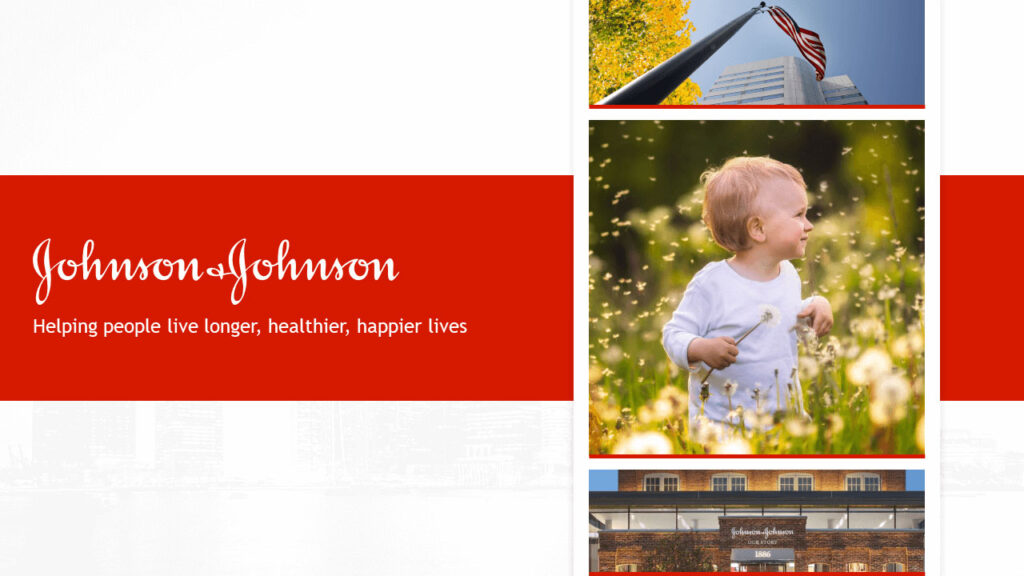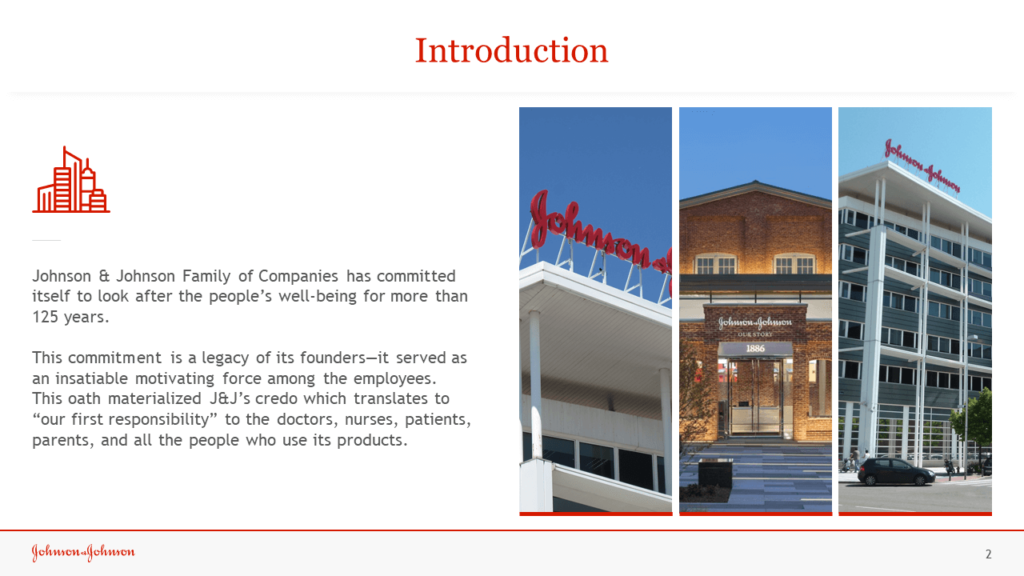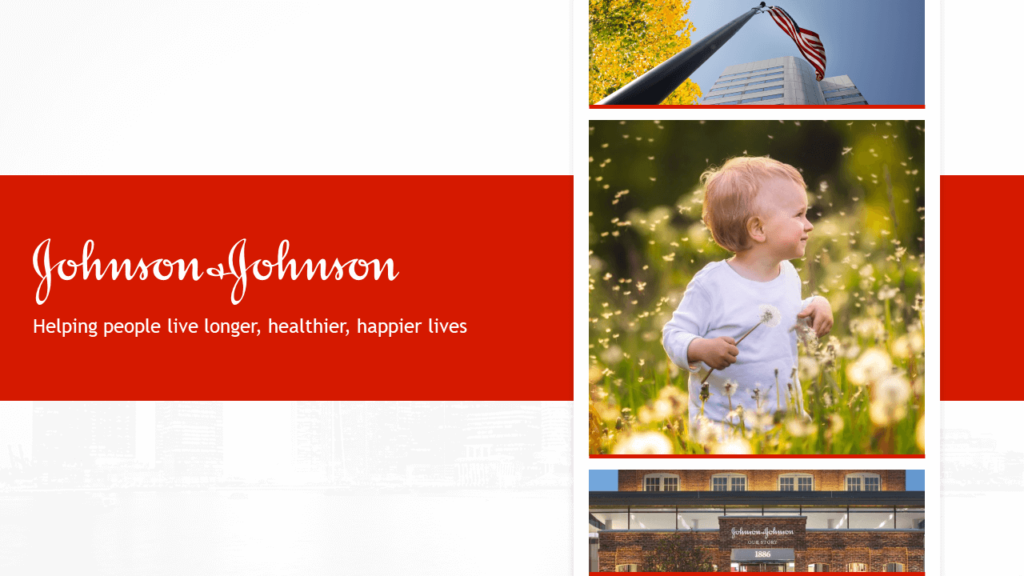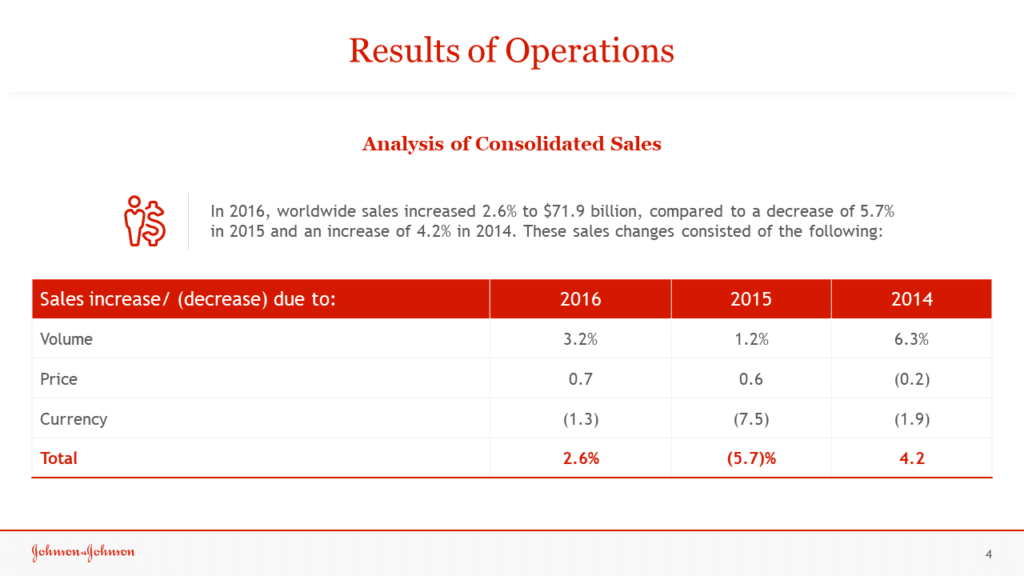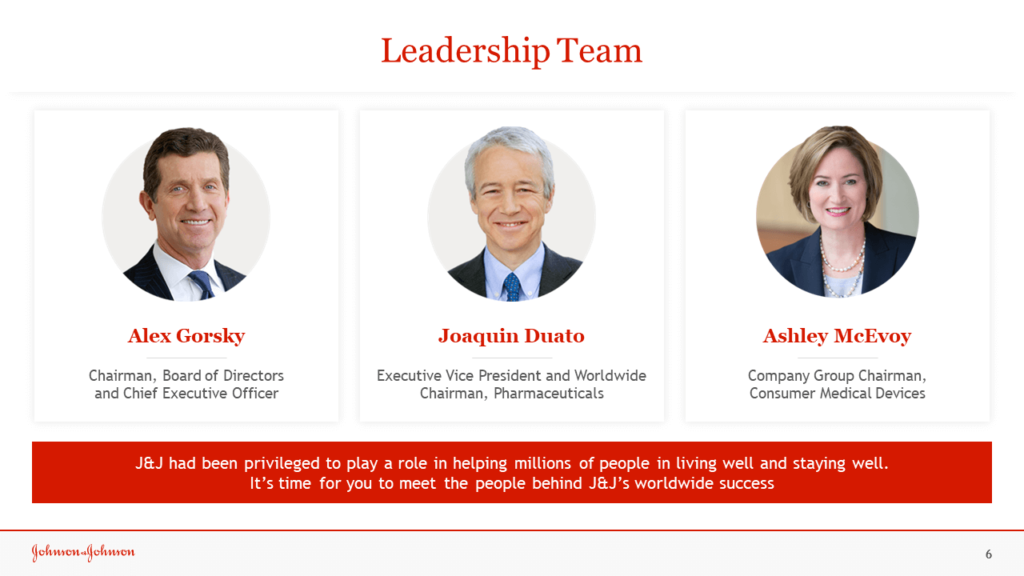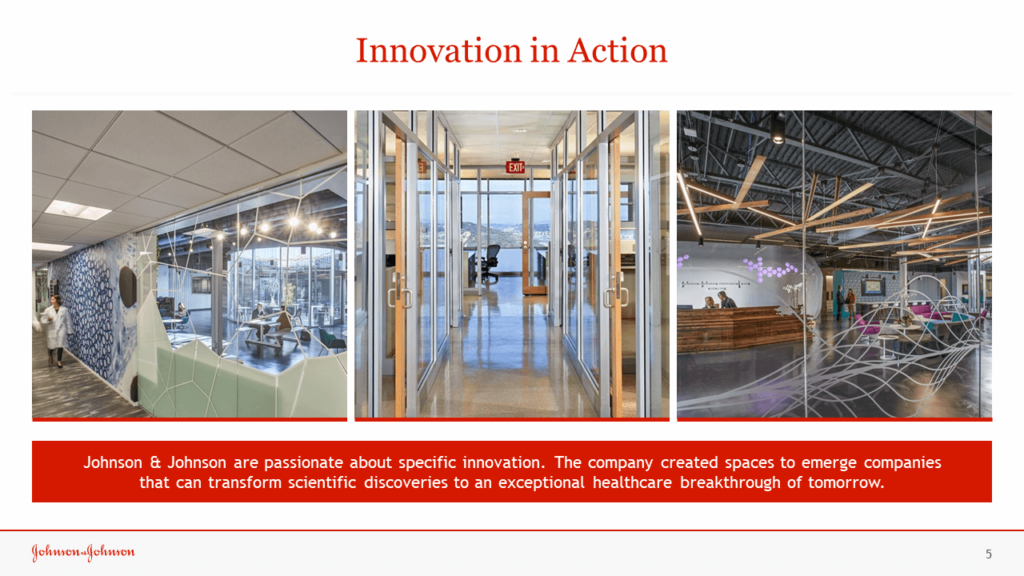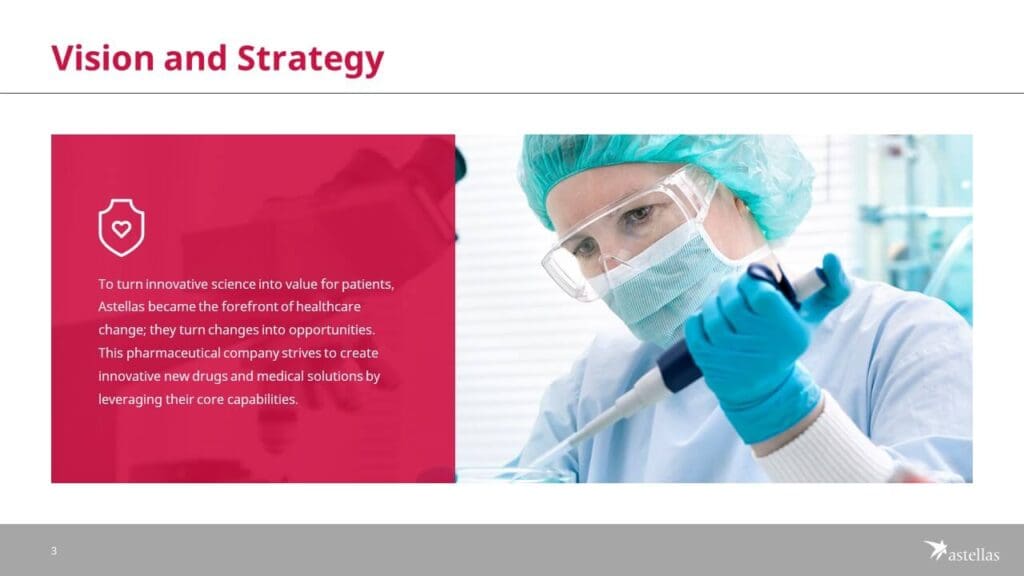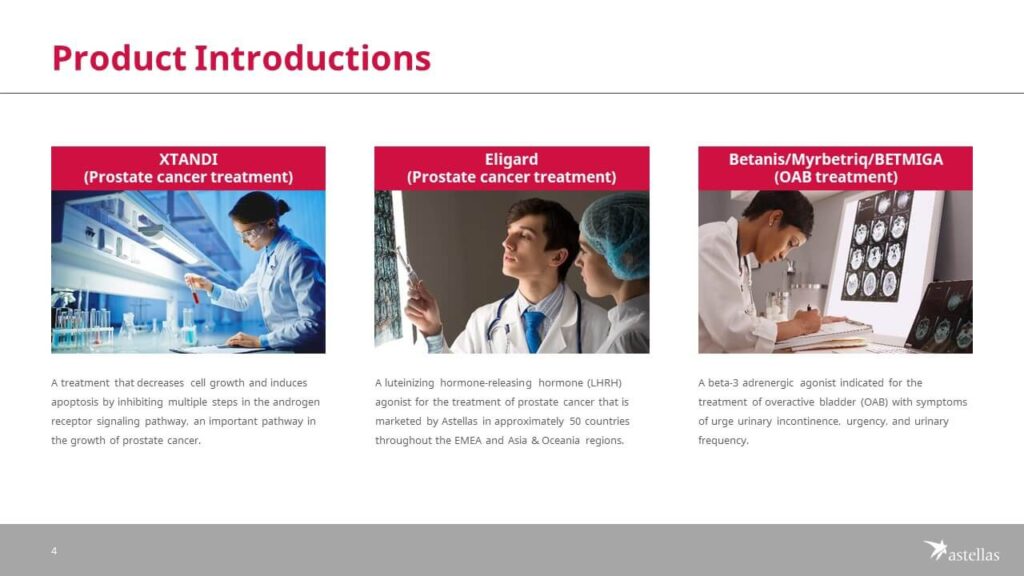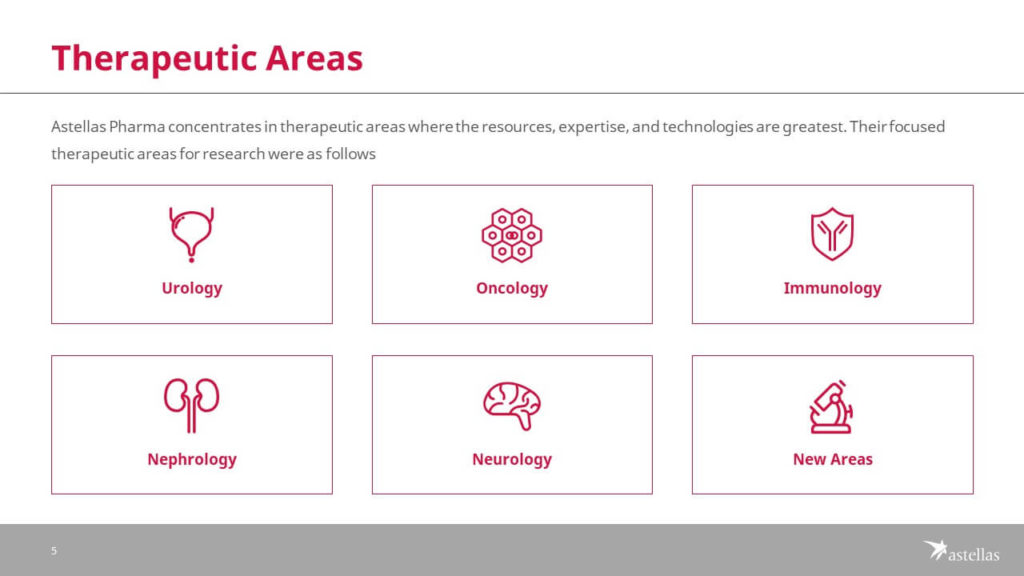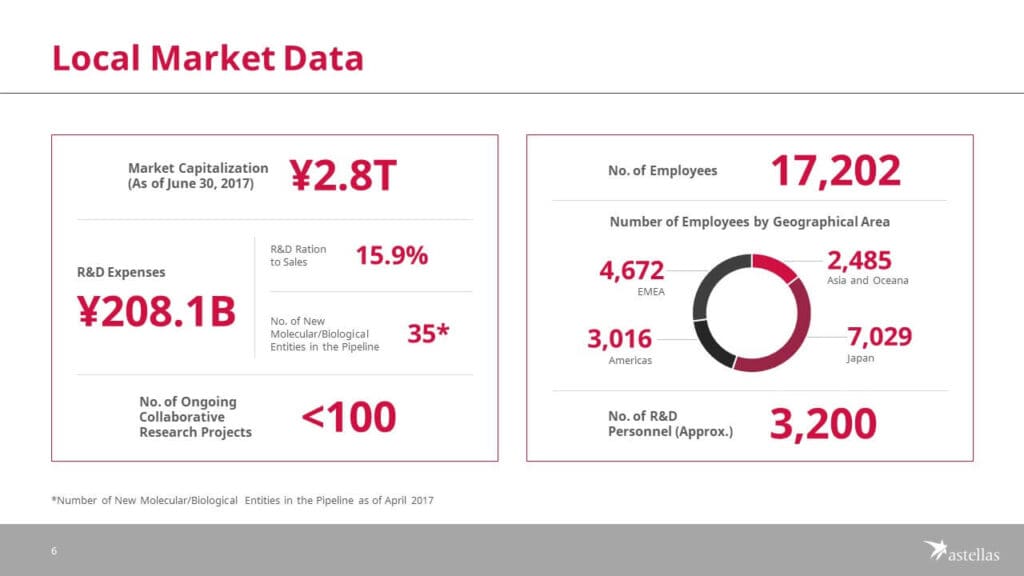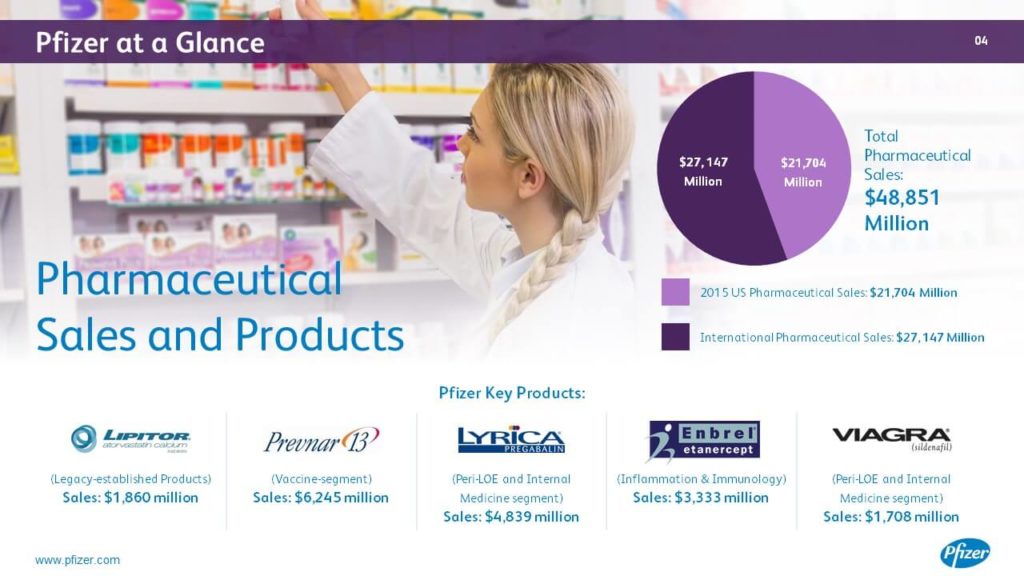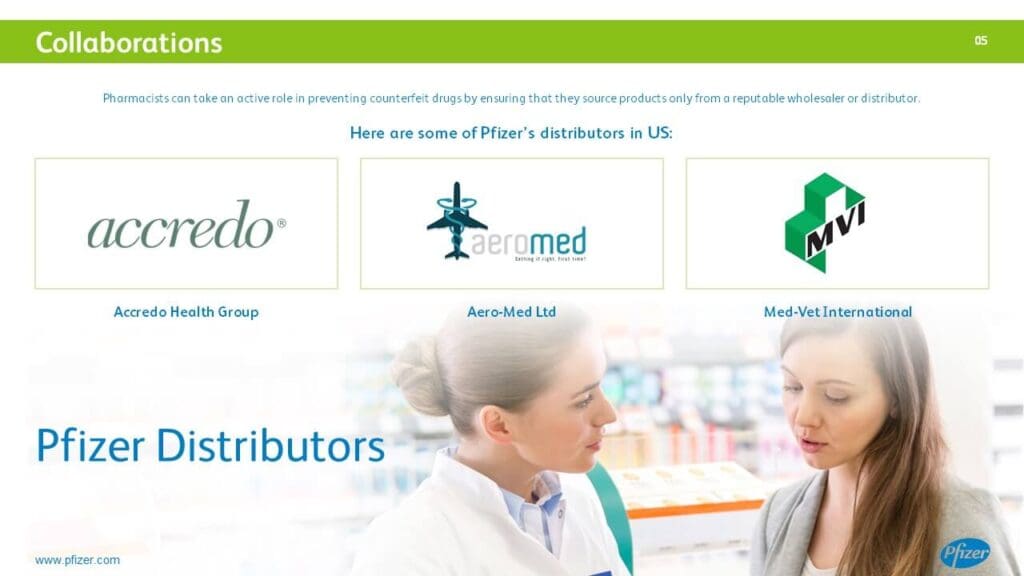Outsourcing is a polarizing topic.
Some companies are staunchly against it, while others readily delegate work to partners and independent contractors alike.
For skilled tasks like graphic design, outsourcing is almost inevitable.
In these cases, it’s best to embrace the benefits of outsourcing, no matter your stance.
Outsourcing Is Trending
It might surprise you to learn that more companies are outsourcing graphic design work than ever before—and not necessarily under the duress of a heavy workload.
Choosing to outsource graphic design has some great benefits. Plus, it’s easier than ever thanks to the gig economy.
In the age of remote work and side hustles, finding a qualified graphic designer (or team of designers) for an affordable price takes minutes.
You might hop on a freelancer bidding website, contact a friend of a friend, or search the web for a trustworthy partner. Thankfully, there are few-to-no barriers to outsourcing, which has made it a viable solution for many companies in managing their workflow.
The Top Reasons Companies Outsource
Why outsource?
Every company has its own reasons, and different situations call for different solutions. To understand why outsourced graphic design is such a booming trend, take a look at some of the top survey answers from major companies:
- 59% – Reduce/control costs
- 57% – Focus on core functions
- 47% – Solve capacity issues
- 31% – Improve services
- 28% – Gain access to expert talent and knowledge
- 17% – Manage the business environment
- 17% – Accelerate organizational transformation
From the numbers, outsourcing is often the function of cost control and task delegation.
Companies need a way to get quality collateral fast, without hampering their already-busy production teams. These are all valid reasons for seeking outsourced graphic design help, but it’s important to recognize the many other situations that might call for a helping hand.
Recognize Outsourcing Opportunities
It’s not always easy to recognize outsourcing as a solution. Here are some of the most common scenarios companies run up against and why outsourcing graphic design is the most viable solution.
Scenario 1: You need to cut costs
There’s a misconception that outsourcing is more expensive than in-house graphic design.
This simply isn’t true in most situations.
Consider the cost of a full-time salary and benefits packages, versus the cost of delegating a set number of hours out to someone. On average, a graphic designer pulls in around $45,000 per year.
That’s a major expense and you have every right to balk at the cost.
An outsourced specialist ultimately costs less than an in-house employee and will likely accomplish more in less time, instilling more total value in your cost per project.
Scenario 2: You’re growing and your internal design team is overwhelmed
Working at-scale is hard when you’re growing.
You might have more work than four graphic designers can handle, but not enough to justify bringing on a fifth person—it’s workflow purgatory!
Outsourcing graphic design as an intermediary measure allows you to function at-scale, without straining your operations to prematurely accommodate more staff.
With outsourcing, designers are there when you need it and gone when you don’t:
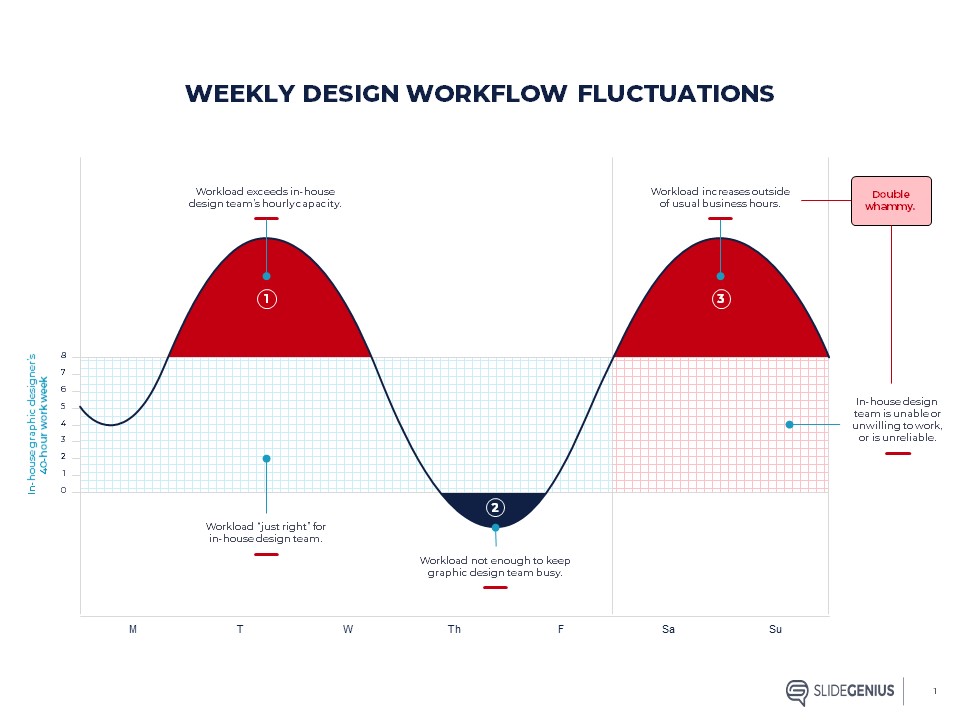

As the diagram above shows, if you ever experience #1 or #3, you should consider outsourcing graphic design to a trusted partner.
It’s the ultimate in flexibility.
Scenario 3: You’ve hired your first dedicated marketing person
A dedicated marketing manager is the first step to a robust marketing team—but they’re still only one person.
No matter how talented they are, they don’t have time to create and coordinate collateral. Let them focus on the administrative tasks crucial to campaign execution. Being able to focus on tact and strategy is what ultimately lifts your campaigns to success.
Leave content and collateral creation to a specialist.
Scenario 4: Your internal design team is getting burned out
Repetition is a precursor to burnout. If your in-house team works on the same projects over and over again with little deviation, they will stagnate and fizzle.
Outsourcing these repetitive and monotonous graphic design tasks is a win-win for everyone.
Your in-house team gets diversity and exposure to new projects. An outsourced specialist, on the other hand, gets consistent work they understand and can plan for.
Scenario 5: Your internal marketing team needs specialized support
Once in awhile, there’s a project above the pay grade of your in-house team (we see this a lot when it comes to incorporating presentation animation).
Instead of turning the project away, consider outsourcing.
It’s easy to meet the demands of the project when you have an entire world of skilled professionals to pick from. They’re able to help you deliver a quality result, without serving in a full-time capacity.
Like this post? Check out our “How to Effectively Support Busy Graphic Design Teams” guide:

Conclusion
No matter your feelings about outsourcing work, it’s important to recognize the benefits associated with it.
Every business is likely to encounter a situation in which outsourcing is the answer. When they do, having the wherewithal to turn to a outsourced designer can be the difference between success and hardship.
Keep an eye out for opportunities to improve capacity, cut costs, and control workflow by outsourcing graphic designers.
Capitalizing on these opportunities and utilizing an outsourced graphic design solution will put your business in a position to keep moving forward, full steam ahead with marketing and branding goals.
Ready to start your journey to presentation perfection? Schedule a free presentation consultation now.




